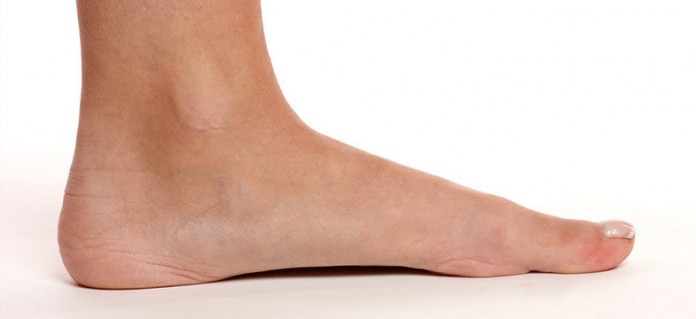Flat feet, also known as fallen arches, is a physical condition where the foot does not have a normal arched shape when one is standing. It can be commonly found in children during their early childhood stages and in adults during their normal ageing process or prolonged pressure on the foot. Before you jump onto the conclusion that being flat footed equates to an end to your running dreams, read on to find out why you can run fast, free and happy like everyone else!
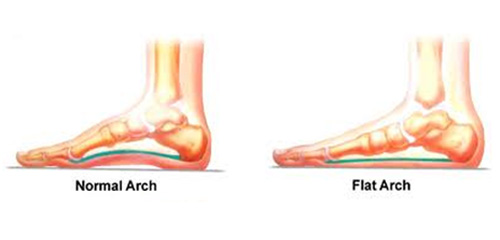
Flat Feet Facts
Your fellow flat feet friends suffer from zero excessive pain or discomfort but there is an apparent lack of flexibility and shock-absorption of the feet, which result in higher risks to injuries. Back problems, shin splints and overpronation are just some of the many side effects from having feet with reduced flexibility and protection. As such, flat foot runners experience more challenges in attaining optimal performances.
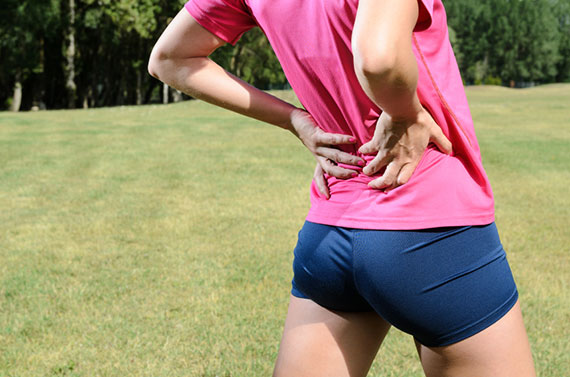
However, this should not stop you or your fellow flat foot pals from pursuing your goals because there are many self-help and painless ways to cope with the inconveniences your feet bring, besides going through corrective medical treatment.
Wear running shoes with Balance, Cushion and Secure-fit
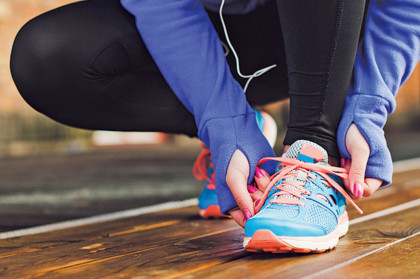
Balance, shoes that contain stretchable and flexible material such as mesh, foam and gel are highly recommended. These material serve to adapt to the shape of your foot and can better prevent your foot from feeling rigid or uncomfortable when you run.
Cushioning is most evident in shoes that contain extra-padding where shock-absorption from pressure place on the foot can take place more efficiently compared to the average running shoes.
Shoes that enable your foot and shoe move together as one results in secure-fitting. Also, note that over-lacing of your running shoes can injure the nerves of your feet. The loop-lacing lock has been recommended by many as the most secure-fit lacing method for most running shoes.
[ot-video type=”youtube” url=”IijQyX_YCKA”]
Run safe and right
Since flat feet runners already experience more pressure on their feet compared to non-flat footers, it is advisable to choose routes that have fewer road obstacles such as rocky paths and concrete pavements. The treadmill machine would be a viable option for resistance running, running tracks in campuses or sports centers are great for running as well. As such, by reducing the risks of injuries or over-exhaustion of feet from running, you can run at ease and possibly achieve greater personal bests.
Also, it is recommended for flat footers to maintain an upright running posture to keep a balance while running so as to avoid placing excessive pressure on your feet from leaning forward to cope with your stride.
Stretch Your Feet!
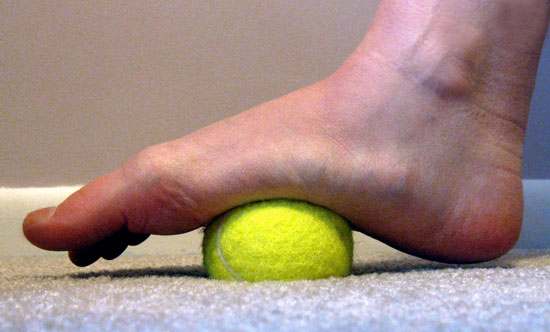
Many runners often underestimate this simple yet important routine and simply stop after they have cooled down. Especially for flat footers, stretching of the arches of your feet besides the hamstrings and quadriceps is essential in maintaining the flexibility of your feet. It would ease the pressure and stress your feet experienced during the run and reduce post-run discomfort, which will likely affect your subsequent runs.
Keeping these suggestions in mind, no one should be excluded from the joy and excitement derived from running, regardless of the shape of your feet you have.


